Free download: Top 10 Natural & Easy Remedies for Joint Pain from Home. Learn these helpful remedies.
Estimated Reading Time: 5 minutes read
Facet joint syndrome, a form of arthritis that affects the small joints in the spine, can lead to significant back pain and discomfort. It’s often characterized by stiffness and pain, particularly in the lower back, neck, or upper spine. Understanding and managing this condition through specific exercises can significantly improve one’s quality of life. This article provides a guide to stretches and strength exercises that effectively alleviate the pain associated with facet joint syndrome.
Table of Contents
Causes and Symptoms of Facet Joint Syndrome
Facet joint syndrome arises from several factors, and recognizing these can help in its management:
- Aging: The primary cause is the wear and tear of the spine that comes with aging.
- Injury: Injuries to the back or neck can lead to this condition.
- Poor Posture: Long-term poor posture contributes significantly.
- Overuse: Repetitive strain on the back from certain activities or sports.
Symptoms include:
- Persistent Pain: Aching or sharp pain in the back or neck.
- Reduced Flexibility: Difficulty in twisting or bending the spine.
- Tenderness: Pain when pressure is applied to the affected area.
- Increased Discomfort: Pain that worsens with standing, bending, or twisting.
Stretching for Facet Joint Syndrome Relief
Incorporating stretching exercises into your daily routine can be highly beneficial in managing facet joint syndrome:
1. Knee to Chest


- Starting position: Laying on your back with your knees bent and feet flat on the bed. This is a nice, decompressed position for the spine to begin in.
- Reach the hands behind the thigh of one leg and slowly pull the leg so that your knee moves in towards the chest. Keep the intensity of the stretch gentle and the leg as relaxed as possible.
- Hold for at least 30 seconds.
- Repeat on the other side for a total of 3 sets.
2. Child’s Pose
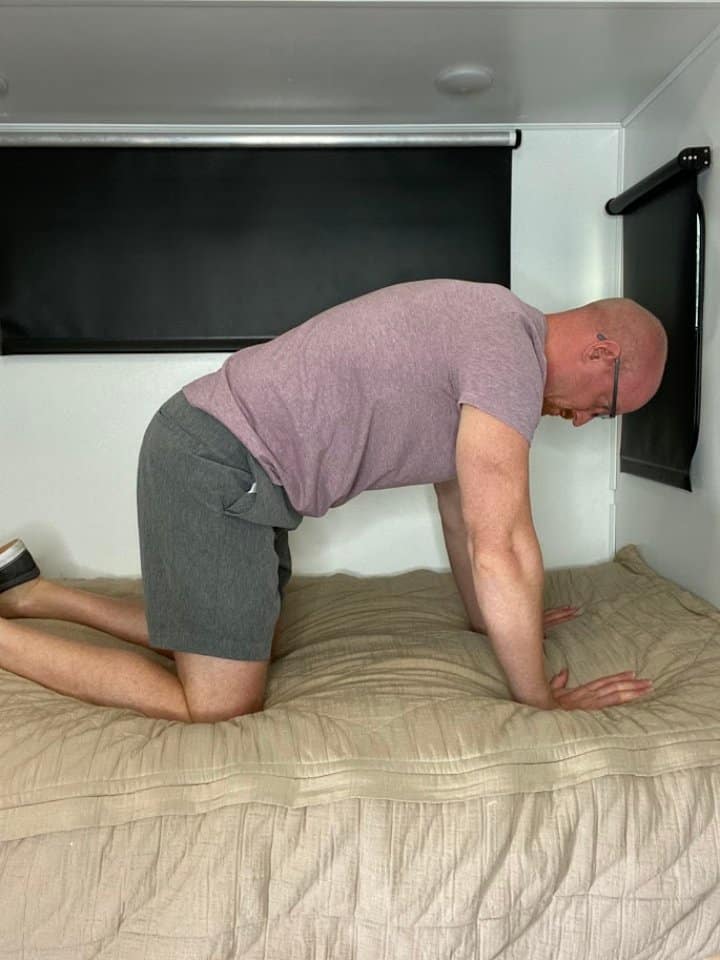
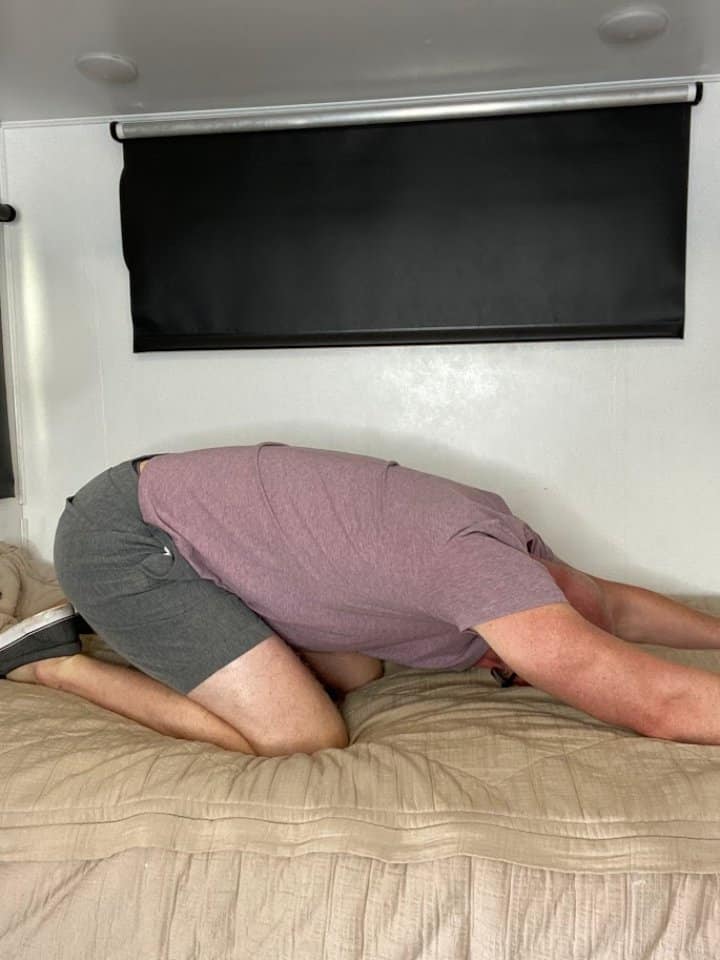
- Position yourself on your hands and knees (can be on your floor, bed, or couch).
- Sit the hips back towards the heels while simultaneously stretching the arms forward.
- Allow the back to round.
- Make sure to relax the head in this position.
- Hold for at least 30 seconds. Repeat 3 times.
Performing these stretches regularly can help reduce stiffness and improve spinal flexibility, key aspects in managing facet joint pain.
Strength Exercises for Supporting the Spine
Building core strength is crucial in supporting the spine and alleviating the symptoms of facet joint syndrome:
1. Abdominal Brace
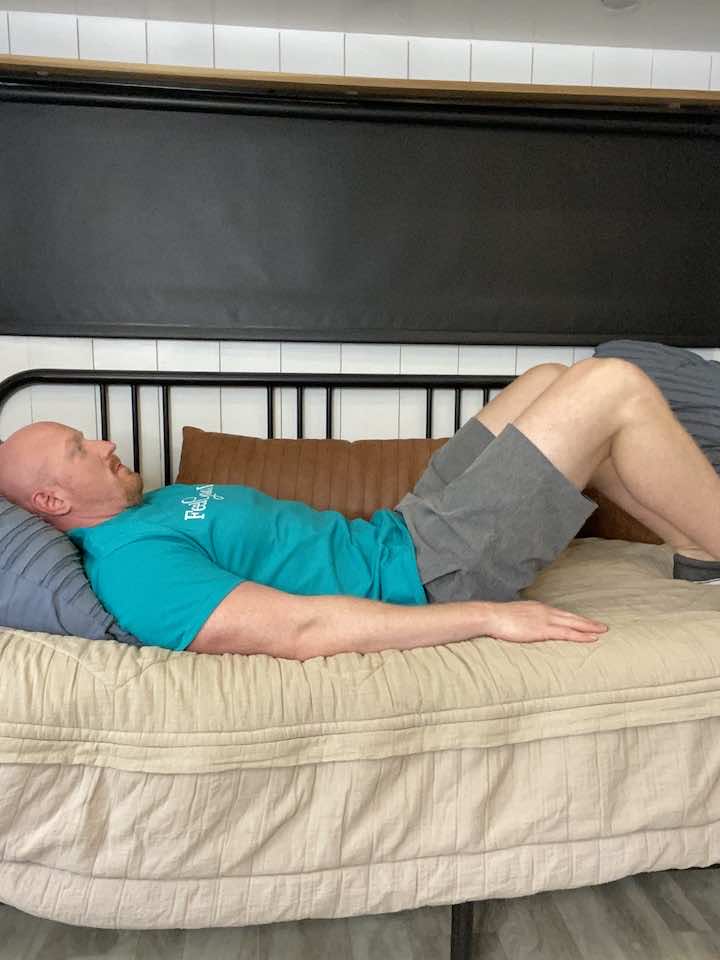
- Begin on your back; knees bent, and feet flat on the floor.
- Exhale and draw your belly button towards your spine (as if a string was pulling on the inside of your belly button from the ground).
- Hold for 5 seconds before relaxing.
- Do this 10 times for one set, and complete 2 sets.
2. Pelvic Tilt
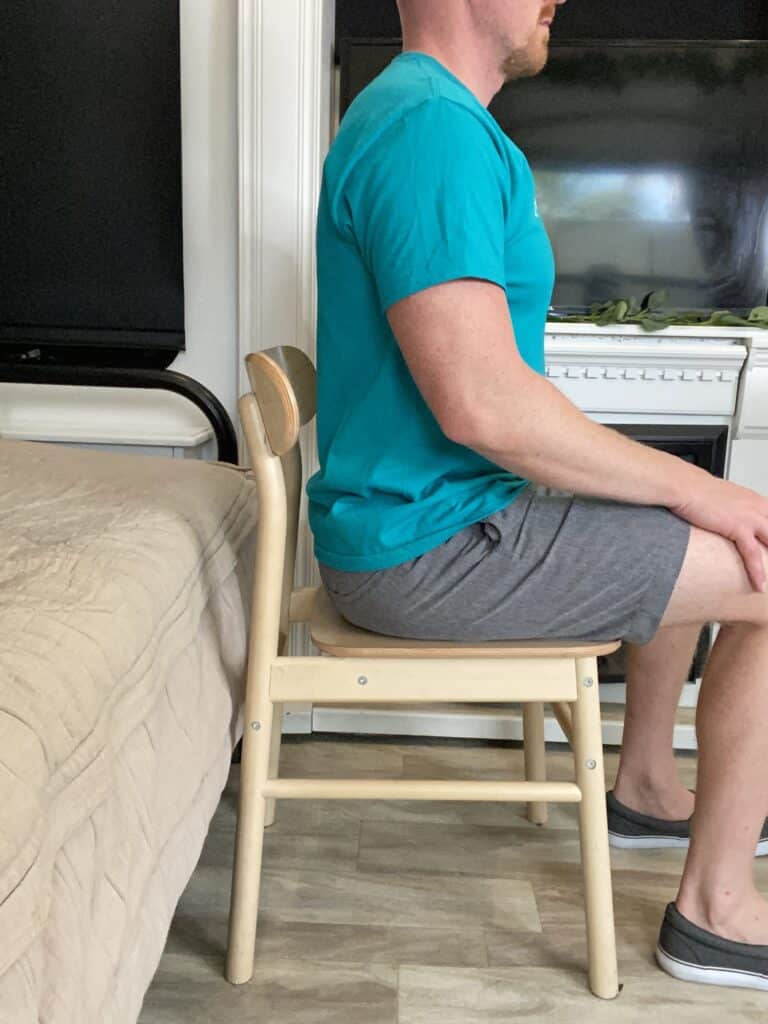
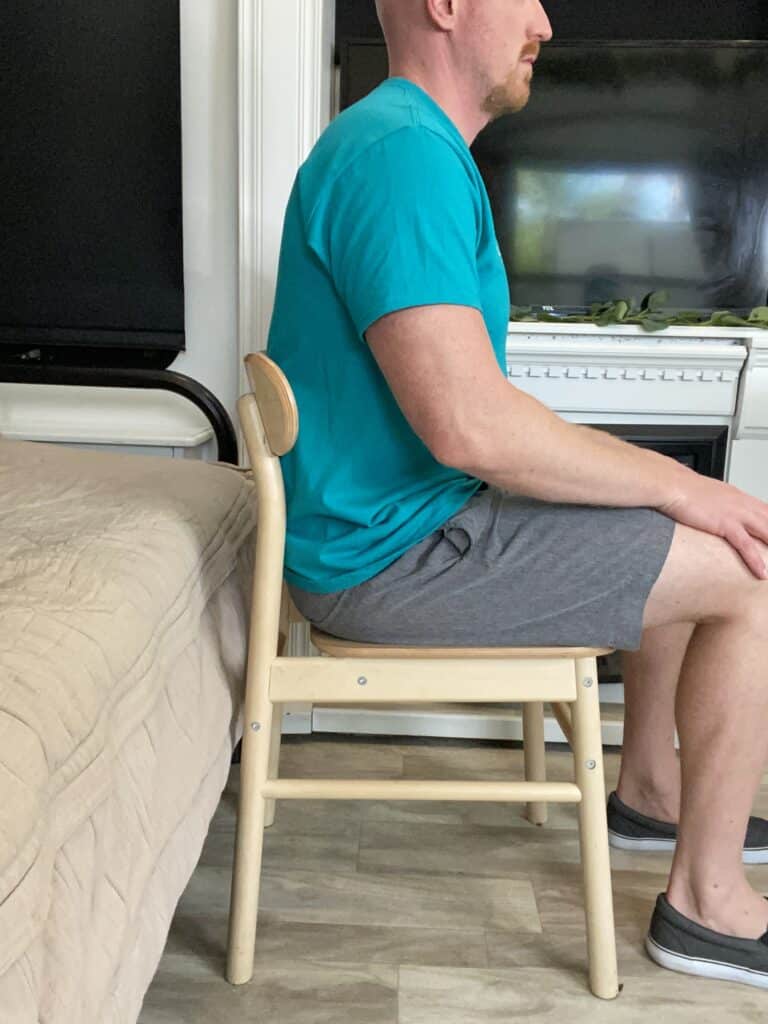
- Sit upright in a chair with your shoulders relaxed. Take a deep inhale and expand your belly.
- As you exhale, contract your abdominal muscles by pulling your belly button in towards your spine and flattening your low back against the chair.
- Hold this position for 5 seconds and then slowly relax.
- Perform 10 repetitions for a total of 3 sets.
3. Supine Marching


- Starting position: Laying flat on your back (on your bed, couch, or floor), with your knees bent and feet flat on the surface.
- To activate your transverse abdominis, try to pull the belly button down towards the surface, gently flattening the back simultaneously. This will help to brace the core.
- While keeping this braced core (don’t forget to breathe!), lift one knee towards your chest, like a march, then lower back down to the surface.
- Repeat 10 repetitions for 3 sets. Perform on the opposite leg.
- You can perform all repetitions on one side, switch to the other or perform alternatingly between the legs.
4. Bent Knee Fallouts
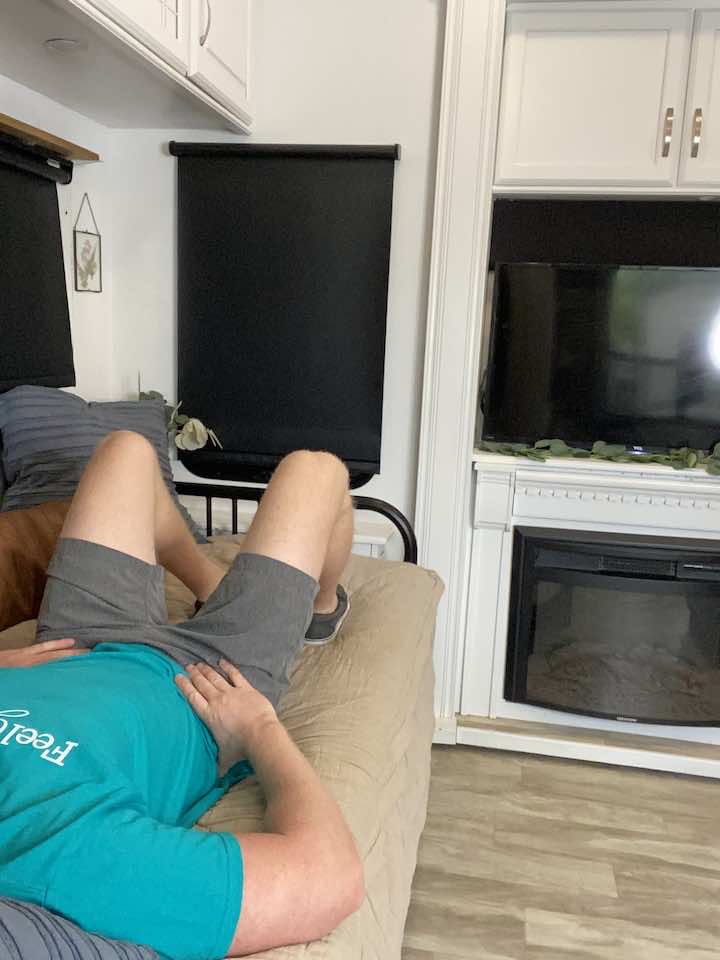
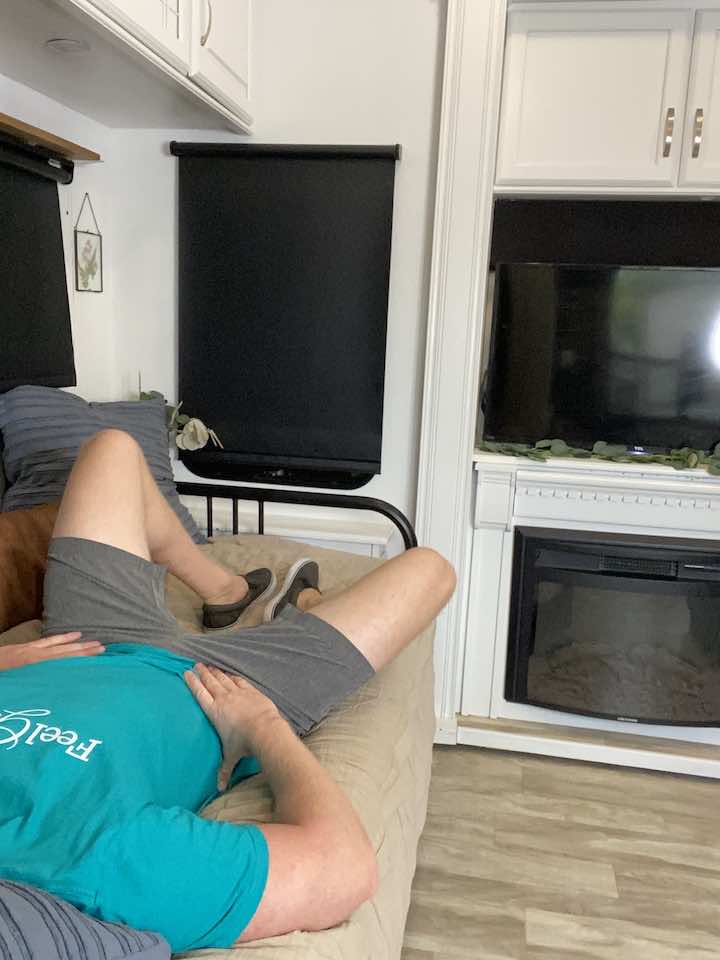
- Lie on your back with both knees bent and your hands on your hips.
- Engage your core by bracing your muscles like a trampoline surface. It’s a subtle movement and shouldn’t feel like you’re pushing your core up or sucking your core in. Just a gentle brace as though someone was about to place a weight on your belly.
- Keep your left knee frozen where it is, then let your right knee lower to the side 45 degrees and come back to the center. Keep your core engaged the whole time. You can monitor for control by using your hands on your hips. If your hip drops to the right side as the right leg moves, you’re not keeping your core engaged. The goal is for your hips to stay perfectly still while you perform this asymmetrical movement.
- Perform sets on the right side, then repeat on the left.
These exercises help to fortify the muscles around the spine, providing better stability and reducing the load on the facet joints.
Conclusion
Managing facet joint syndrome involves a balanced approach of stretching and strengthening exercises. Consistently performing these exercises can significantly reduce pain and increase mobility. However, it’s essential to approach these exercises with caution and consult with healthcare professionals for personalized advice, especially if you’re experiencing severe pain. The proper exercise regimen can make living with facet joint syndrome more comfortable and manageable.













